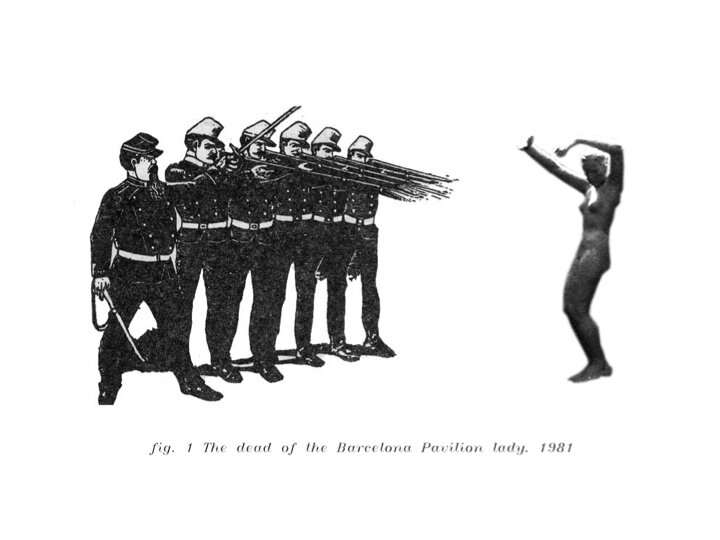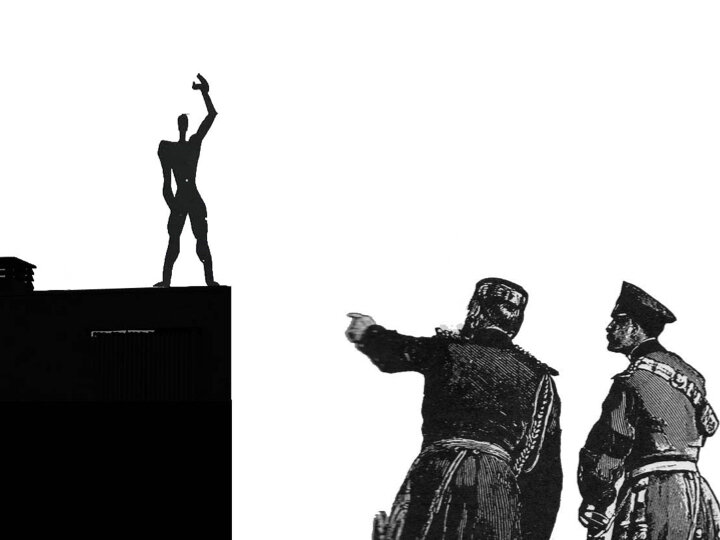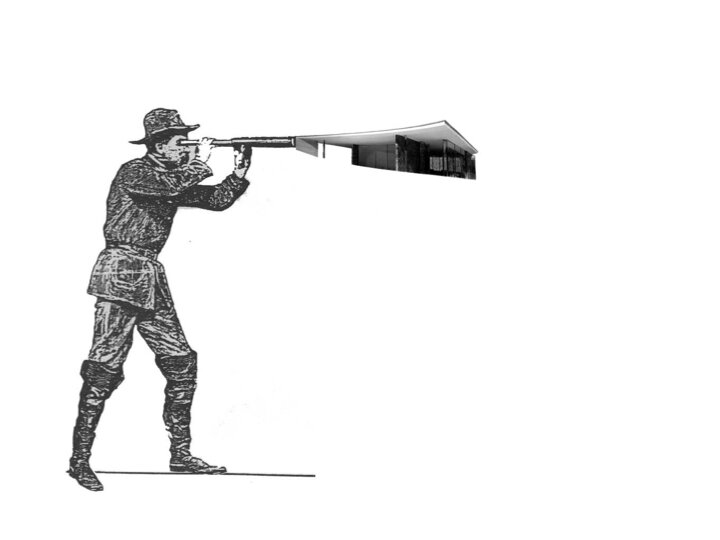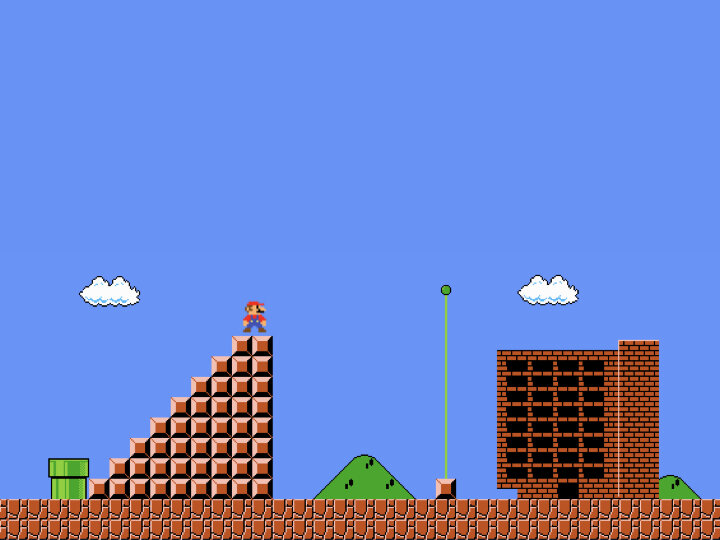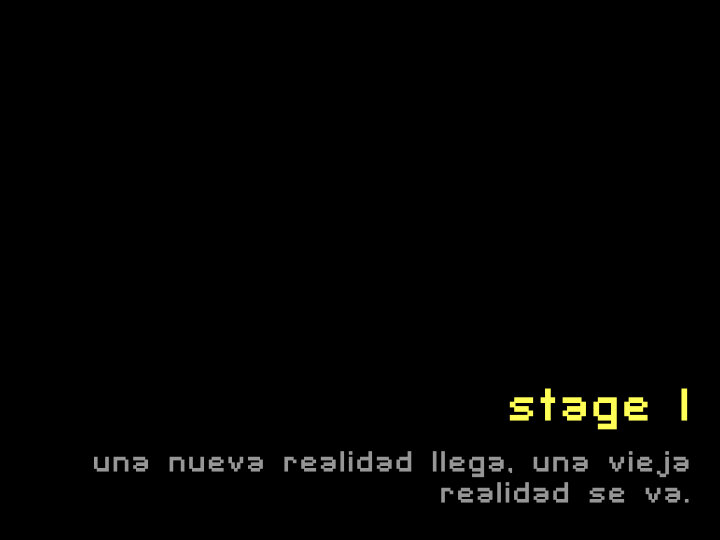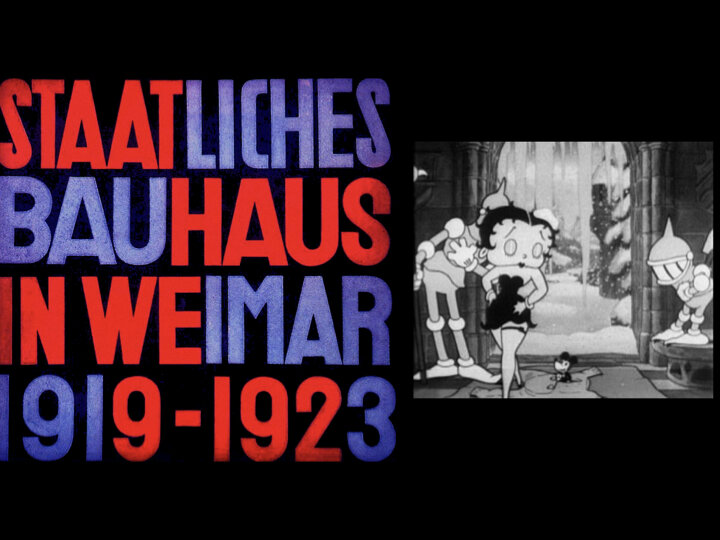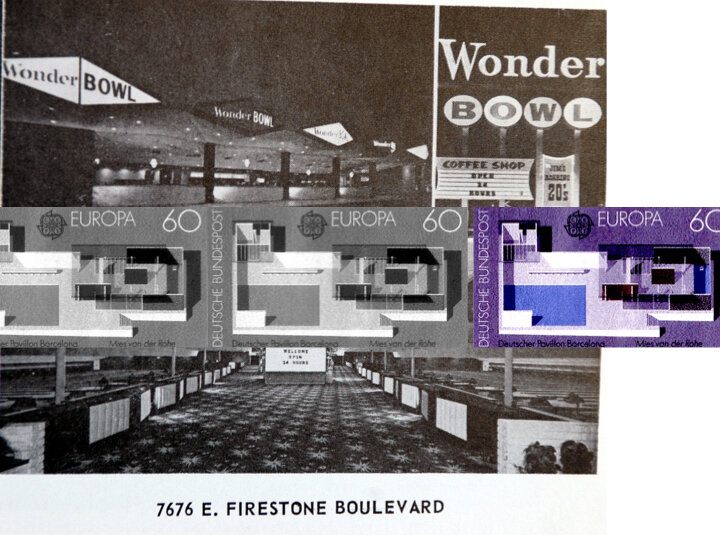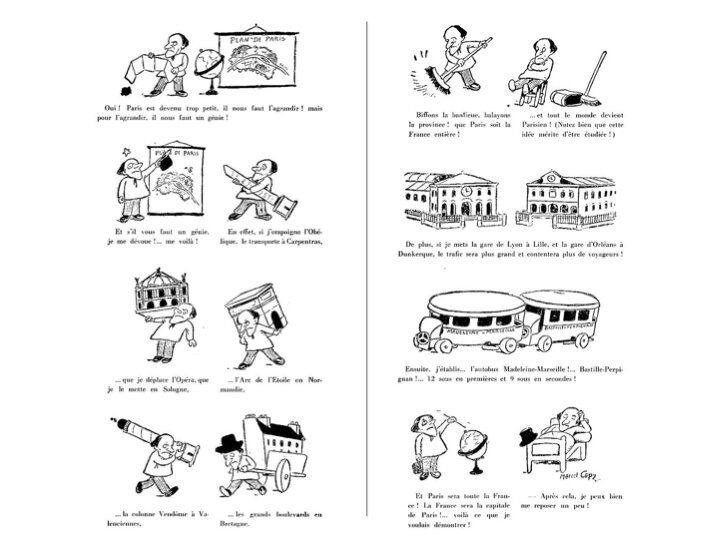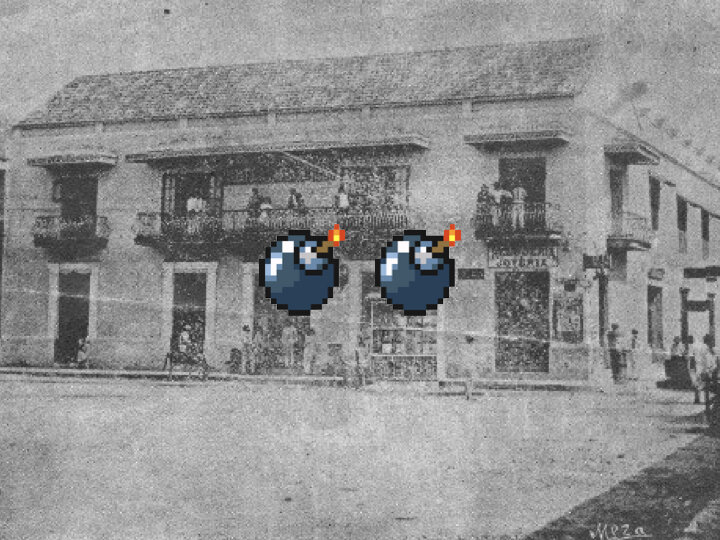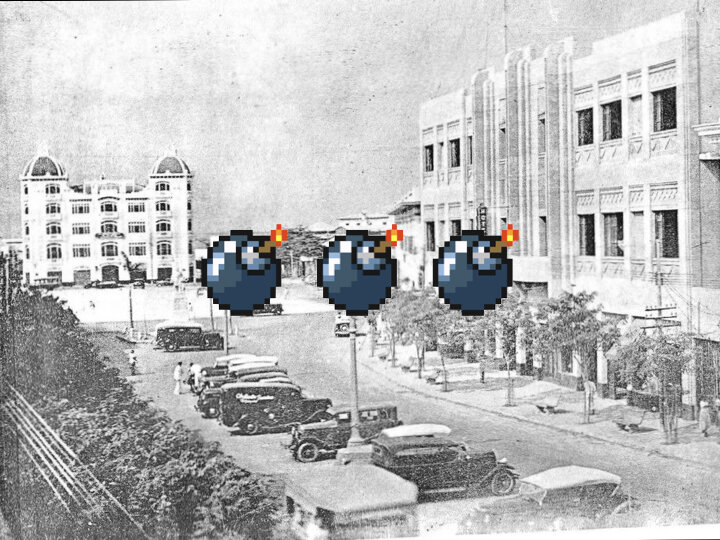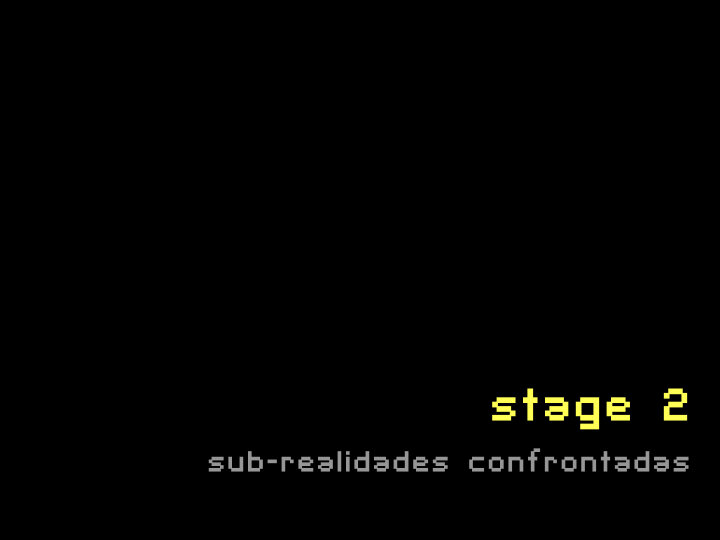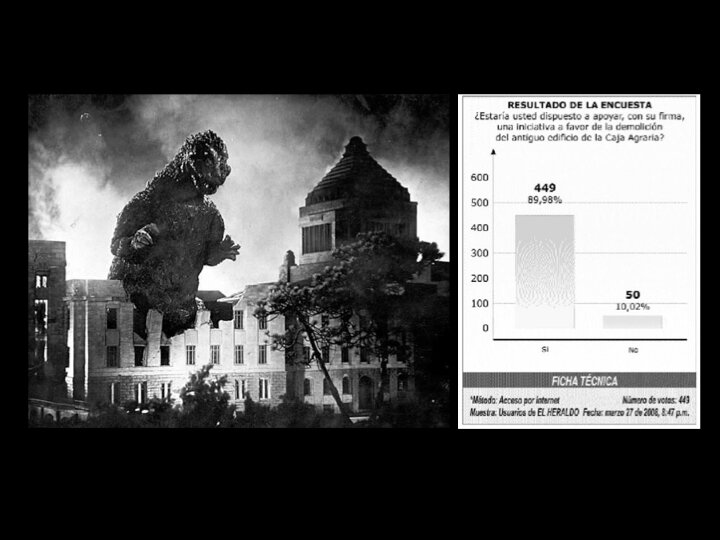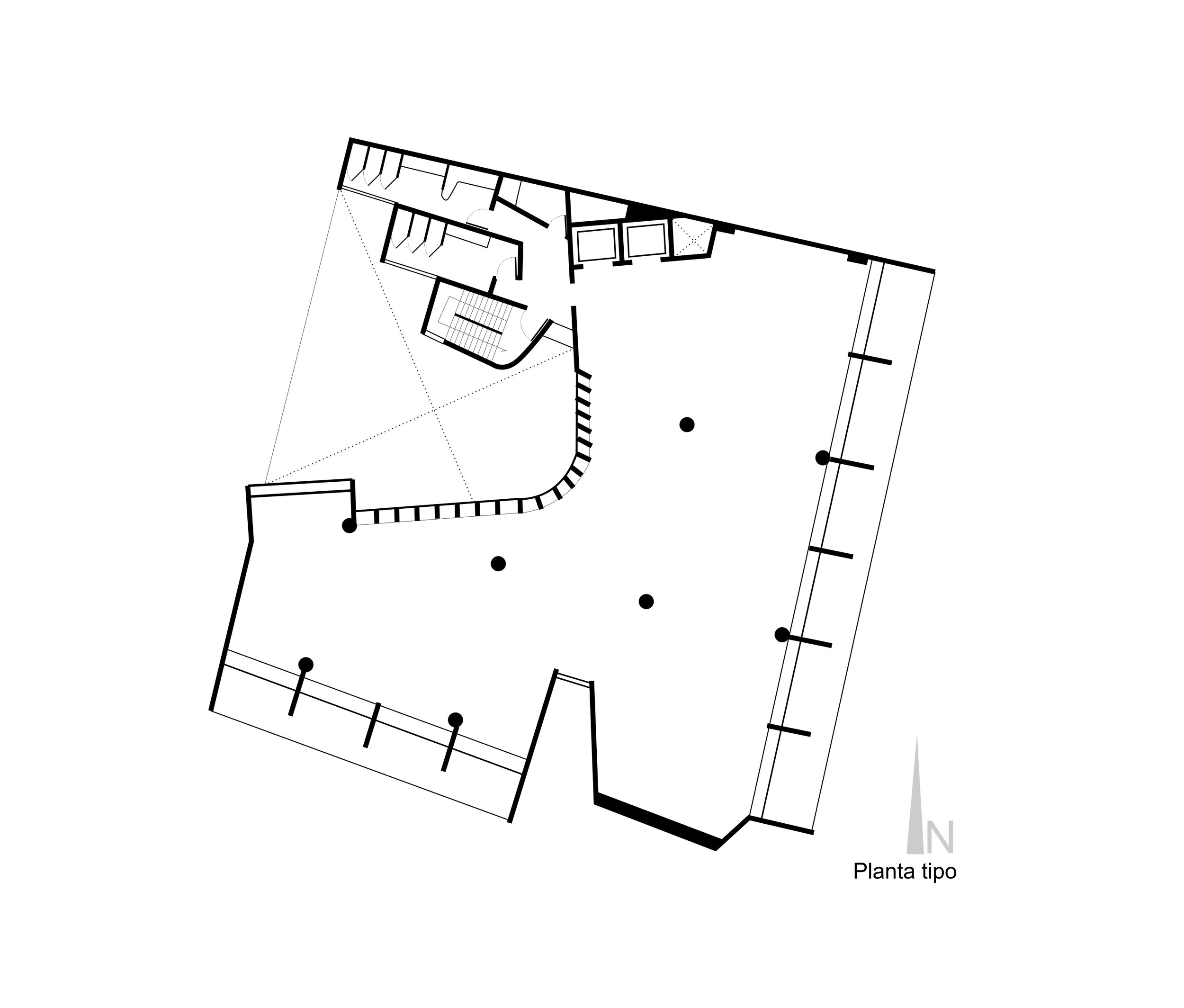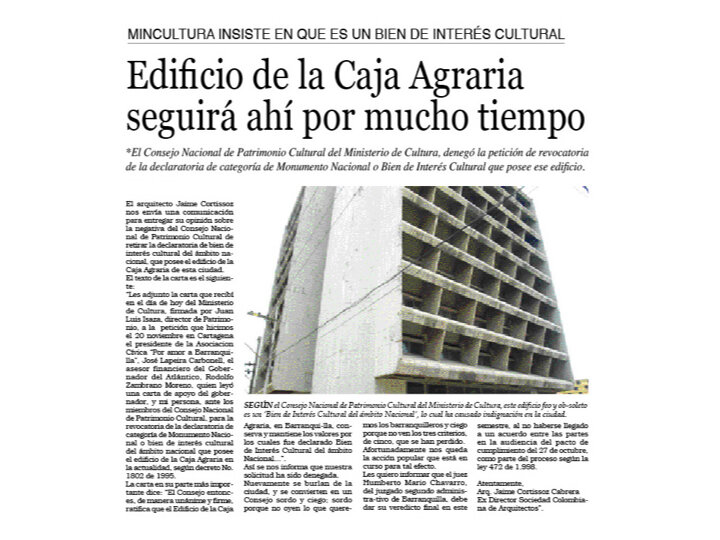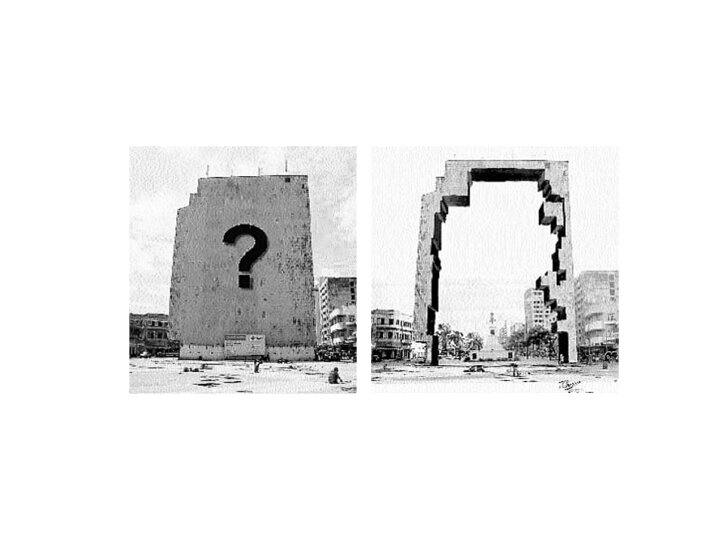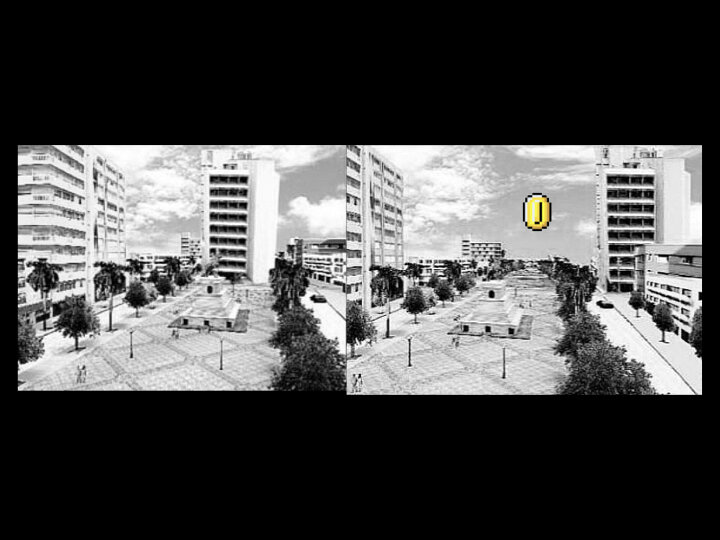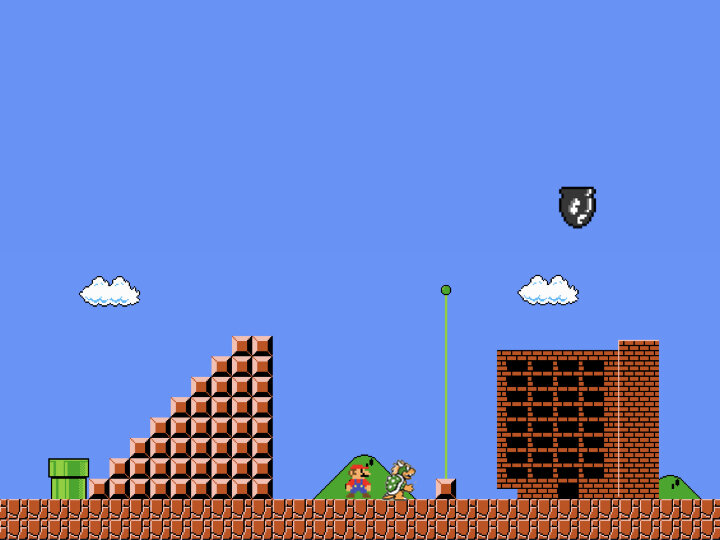Modernity, Crisis in collective memory
Is the modern movement an intruder within the history and memory of our Latin American cities? Specifically placing the Caja Agraria building in Barranquilla as an example, it is discussed why there are so few modernist works considered heritage, of how modern buildings are seen as inappropriate transplants in the urban plot and why they are not assimilated as inheritance of a language that the citizen could assimilate as his own.
Modern architecture was born as a claim for a state of improvement of the city and civilization. Ideas about new architecture were at the same time ideas about new cities whose models were based on overcoming social problems. The relations between modern architecture and the city have been complex and often contradictory. The verification of the social status of the cities of the beginning of the century was accurate in terms of sanitary conditions and overcrowding, from them derived the constitution of minimum standards for housing and zoning proposals to reduce the incompatibilities of use and enjoyment of space urban.
Modern architecture was part of a world full of social transformation intentions, which involved both the building and the ways of growth of cities. But they also proposed a change in the scale of urban relations, mainly consolidated in large housing complexes that assumed the idea of the predominance of free and green land, and a greater densification made possible by technological changes in construction and equipment.
In Latin America it was seen as an impulse of change, of new languages and of over-exaltation of our countries to reach the global standard although over the years this was an attempt. The ignorance of the urban plots, the implantations of foreign models and the consideration of the individual for being an individual and not a citizen led to the fact that in our times modernist buildings and trials in our cities are considered as uninteresting to preserve.
[Lecture]
Ciudad de Guatemala, Guatemala: ELEA Norte 2008.
Second place. 2008.
II Latin American Architecture Seminar “Vérsatil”
Autonomous University of Santo Domingo. Dominican Republic, 2009
I Urban Rehabilitation Seminar.
Pontifical Catholic University of Ecuador. Quito, Ecuador, 2010

